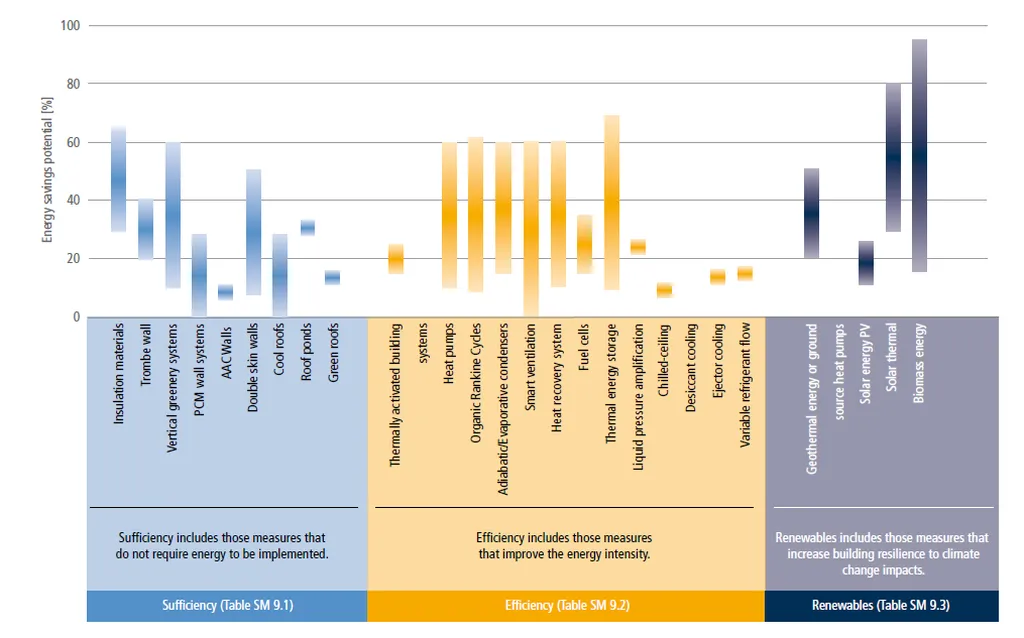In the sun-drenched landscapes of Crete and the Greek islands, a silent revolution is taking place, one that could reshape the way we think about energy consumption in public buildings. At the heart of this transformation is Dimitris Al. Katsaprakakis, a researcher from the Power Plant Synthesis Laboratory at the Hellenic Mediterranean University, who has been leading an ambitious project to upgrade the energy performance of municipal and public buildings.
The project, detailed in a recent study published in the journal ‘Energies’ (which translates to ‘Energies’ in English), is a comprehensive exploration of how to make buildings more energy-efficient, from historical landmarks like the Venetian Loggia in Heraklion to modern facilities like the Pancretan Stadium and various schools. The goal? To slash energy consumption and pave the way for a more sustainable future.
Katsaprakakis and his team have been working on a multi-step process that begins with a thorough assessment of the existing infrastructure and energy consumption. They then formulate passive measures—like insulating opaque surfaces, installing opening overhangs, and enhancing natural ventilation—to reduce the building’s heating and cooling loads. Following this, they integrate active measures, such as air-to-water heat pumps and solar thermal collectors, to further decrease energy consumption. The final step involves sizing and siting power and heat production systems from renewable energy sources (RES).
The results are impressive. Energy savings through passive and active systems can exceed 70%, depending on the initial energy performance of the facility. By introducing photovoltaic plants operating under the net-metering mode, the team has achieved energy performance upgrades that bring facilities close to zero-energy status. The payback periods for these upgrades range from 12 to 45 years, with project budgets varying from a few hundred thousand euros to 7 million euros.
“This research demonstrates that significant energy savings are possible through a combination of passive and active measures,” Katsaprakakis explains. “By integrating renewable energy sources, we can achieve near-zero energy consumption in public buildings, which is a game-changer for the energy sector.”
The commercial implications of this research are substantial. As governments and municipalities worldwide strive to meet increasingly stringent energy efficiency standards, the methods outlined in this study could become a blueprint for upgrading public buildings. The energy sector stands to benefit from the increased demand for renewable energy technologies and energy-efficient systems, creating new opportunities for innovation and investment.
Moreover, the research highlights the importance of tailoring energy solutions to the specific needs of each building. “Each facility has its unique characteristics and energy demands,” Katsaprakakis notes. “A one-size-fits-all approach simply won’t work. Our study underscores the need for customized solutions that maximize energy savings and minimize environmental impact.”
As the world grapples with the challenges of climate change and the transition to a low-carbon economy, the insights from this research could not be more timely. By showcasing the potential of energy performance upgrades in public buildings, Katsaprakakis and his team are not only contributing to the scientific community but also setting a precedent for sustainable practices in the construction and energy sectors.
In the words of Katsaprakakis, “This is just the beginning. The journey towards energy efficiency and sustainability is ongoing, and we are committed to exploring new ways to make our buildings smarter, greener, and more energy-efficient.” With such dedication and innovation, the future of energy performance upgrades looks bright indeed.

